मनुष्य के व्यक्तित्व को विकसित करने के लिए कौन-कौन से कारक जिम्मेदार हैं?
On 16th April 1853, the first passenger train ran between Bori Bunder (Bombay) and Thane, a distance of 34 km. It was operated by three locomotives, named Sahib, Sultan and Sindh, and had thirteen carriages.It was an attempt made by British colonizers who wanted to make the transport of raw materialRead more
On 16th April 1853, the first passenger train ran between Bori Bunder (Bombay) and Thane, a distance of 34 km. It was operated by three locomotives, named Sahib, Sultan and Sindh, and had thirteen carriages.It was an attempt made by British colonizers who wanted to make the transport of raw materials to the factories that were set up for the production of finished goods and to be sold in markets and to carry the finished goods to the markets that had a higher demand for it.
See less
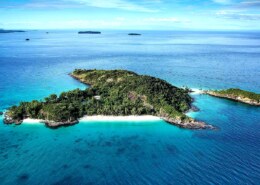
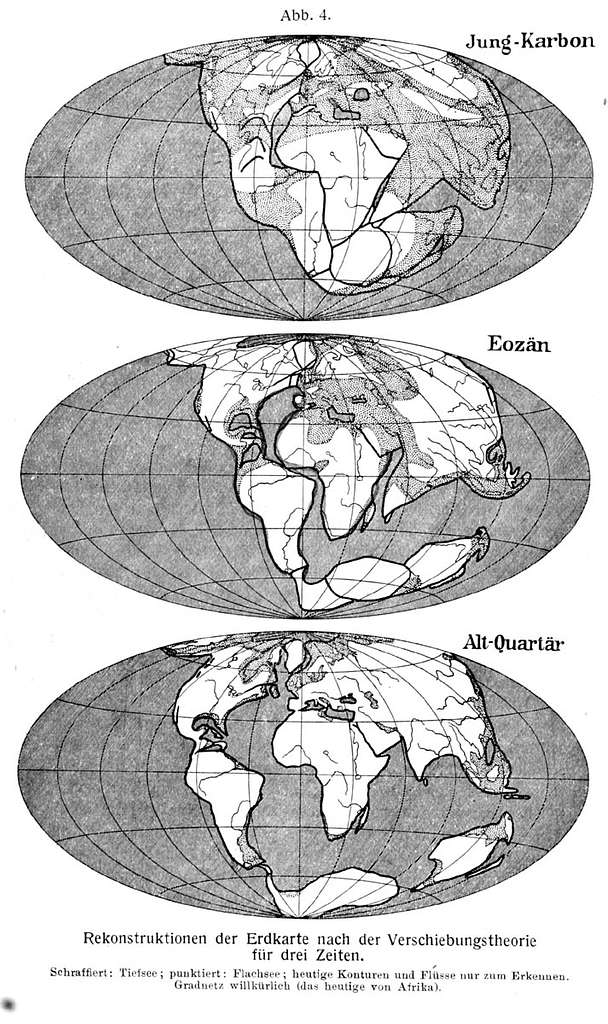
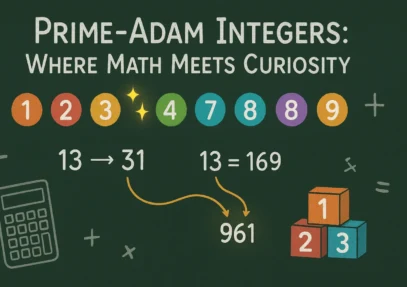

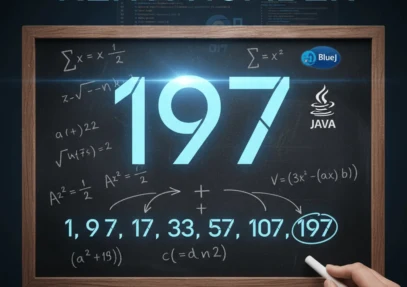
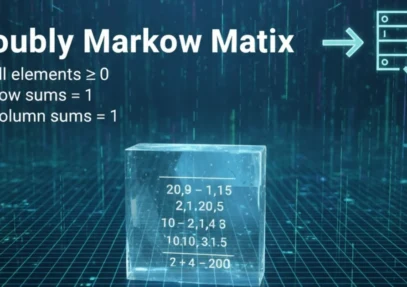
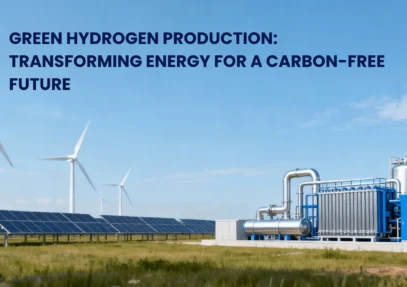

Several factors contribute to the development of an individual's personality. These include: Genetic Factors: Hereditary traits passed from parents play a significant role in shaping personality, such as temperament, intelligence, and physical characteristics. Family Environment: Early childhood expRead more
Several factors contribute to the development of an individual’s personality. These include:
These factors interact dynamically, making personality development a complex and lifelong process.
See less